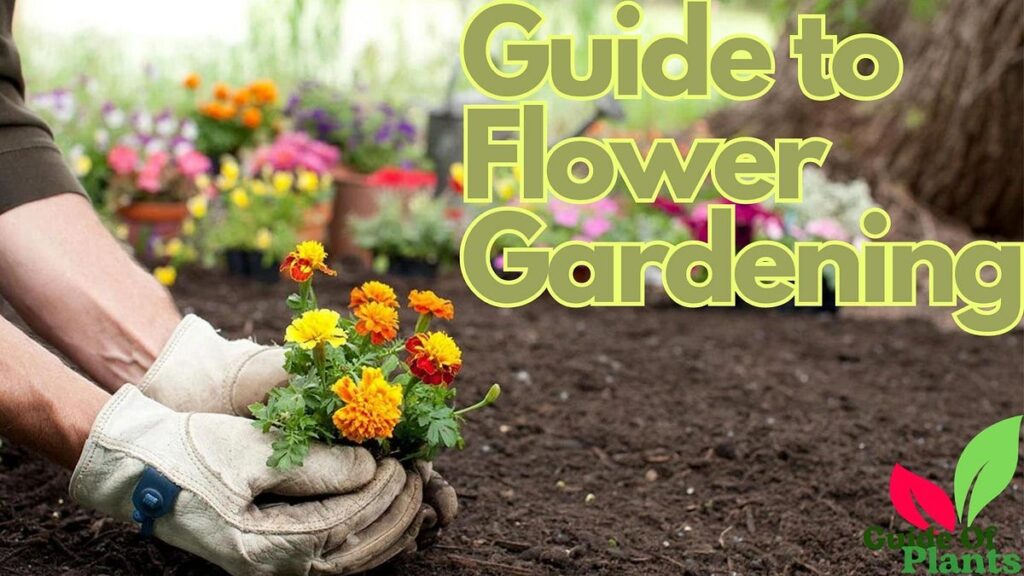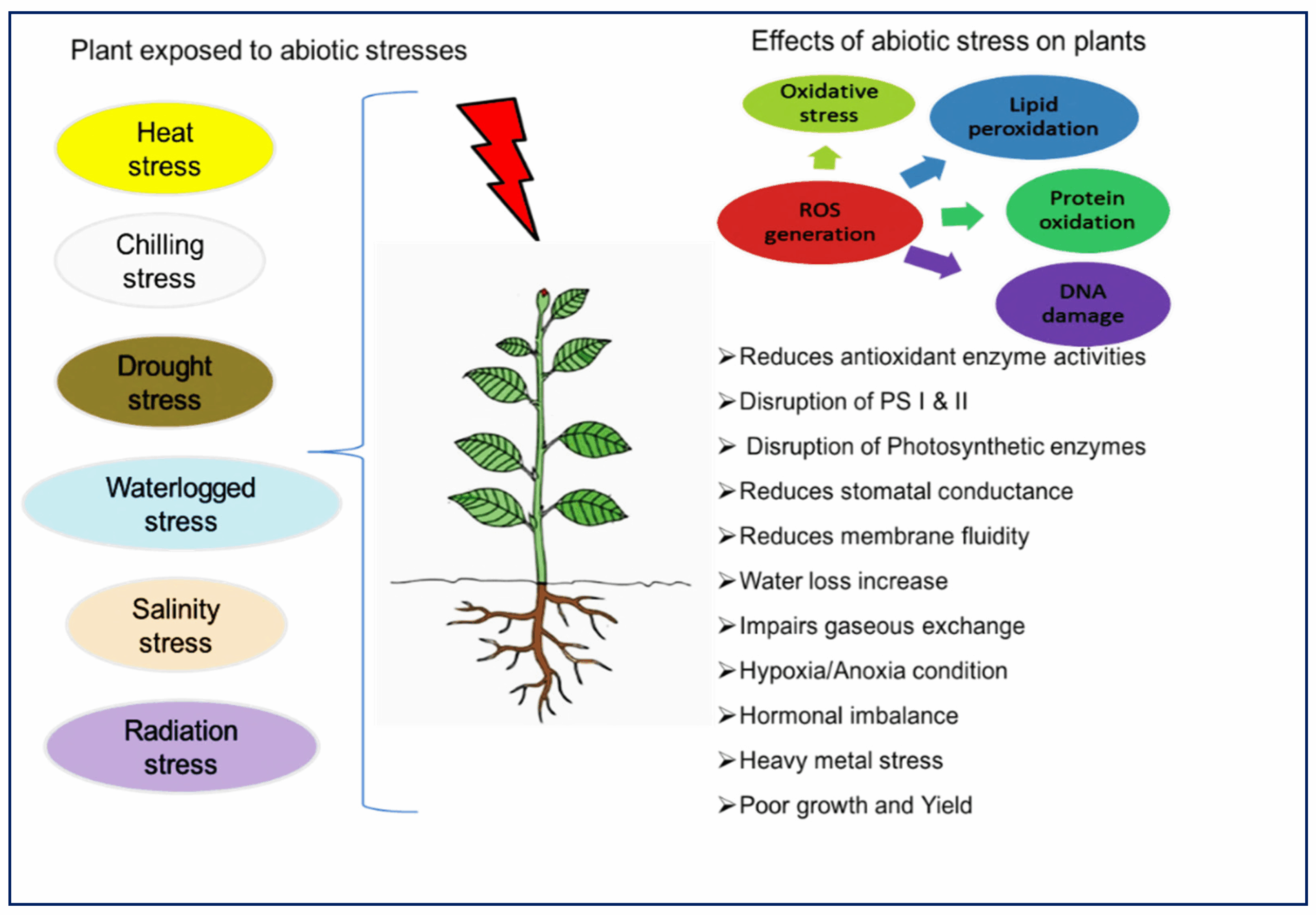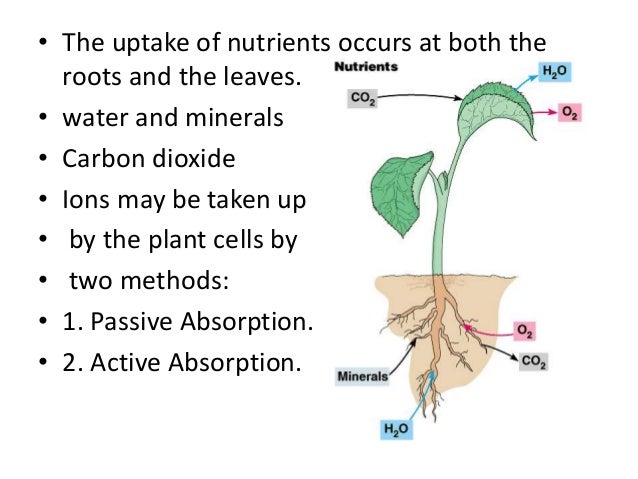
Unearthing Success: Your Ultimate Guide to Choosing the Right Planting Medium for Thriving Plants
Ah, the simple joy of nurturing a tiny seed into a flourishing plant! Whether you’re a seasoned gardener with years of experience or a curious newbie just starting out, the thrill of watching something grow is truly rewarding. But before you can bask in the glory of vibrant blooms or a bountiful harvest, there’s a crucial decision to make: choosing the right planting medium. This often-overlooked aspect of gardening is the foundation upon which your plants will build their lives. Get it right, and you’re well on your way to a thriving garden. Get it wrong, and you might face a frustrating battle against wilting leaves, stunted growth, and ultimately, disappointment. So, let’s dig in (pun intended!) and explore the fascinating world of planting mediums, ensuring you have the knowledge you need to cultivate a garden that truly flourishes.
Why the Planting Medium Matters So Much
You might be thinking, “Can’t I just stick a plant in the ground and hope for the best?” Well, you could, but the results might not be what you’re hoping for. The planting medium, often referred to as potting mix, soil, or growing medium, is far more than just dirt. It’s the lifeblood of your plant, providing essential support and resources. Here’s why it’s so critical:
- Anchorage and Support: The planting medium acts as an anchor, providing stability for your plant’s roots, allowing it to stand tall and strong, especially in windy conditions.
- Water Retention: A good planting medium holds water, ensuring your plants have access to hydration between waterings. Different mediums have varying water retention capabilities.
- Aeration: Roots need oxygen to breathe. The planting medium creates air pockets, allowing for proper aeration, preventing root rot and promoting healthy root development.
- Nutrient Supply: The planting medium acts as a reservoir for nutrients, providing essential elements for plant growth. Some mediums are naturally rich in nutrients, while others require supplementation.
- Drainage: Proper drainage is crucial. A well-draining medium prevents waterlogged conditions, which can lead to root rot and plant death.
Understanding the Different Types of Planting Mediums
The world of planting mediums is diverse, offering a wide array of options to suit different plant types, growing conditions, and gardening styles. Let’s explore some of the most common and effective types:
1. Soil-Based Mixes
Soil-based mixes are the classic choice, relying on a foundation of actual soil. They are often a good choice for general gardening, offering a balance of water retention and nutrient availability. However, the quality of soil-based mixes can vary greatly depending on the source and the specific ingredients used. Here are some common components and considerations:
- Topsoil: This is the uppermost layer of soil, rich in organic matter and nutrients. It provides a good base for plant growth.
- Compost: Decomposed organic matter (like food scraps, leaves, and yard waste) adds vital nutrients and improves soil structure.
- Sand: Improves drainage and aeration.
- Clay: Can be added in small quantities for its nutrient-holding capacity, but too much clay can lead to poor drainage.
- Considerations: Soil-based mixes can be heavy, making them less ideal for container gardening. They can also be prone to compaction over time. Always choose a reputable brand or source for your soil-based mix to ensure its quality.
2. Soilless Mixes (Soilless Potting Mixes)
Soilless mixes, also known as soilless potting mixes or soilless substrates, are a popular alternative to soil-based mixes, especially for container gardening. They are typically made from a combination of inert materials, offering excellent drainage, aeration, and control over nutrient levels. These mixes are often lighter than soil-based mixes. Here are some common components:
- Peat Moss: A widely used ingredient, peat moss is known for its excellent water retention and aeration properties. It is derived from partially decomposed sphagnum moss. However, its use is controversial due to environmental concerns about peat harvesting.
- Coco Coir: An environmentally friendly alternative to peat moss, coco coir is made from coconut husks. It has excellent water retention, aeration, and drainage properties. It is also a renewable resource.
- Perlite: A volcanic glass that is heated until it expands, creating lightweight, porous particles. Perlite improves drainage and aeration.
- Vermiculite: A mineral that expands when heated, vermiculite helps retain water and nutrients.
- Considerations: Soilless mixes generally require more frequent watering and fertilization than soil-based mixes, as they don’t contain the same inherent nutrients.
3. Other Planting Mediums and Amendments
Beyond the core types of planting mediums, there are various other options and amendments to consider, depending on your specific needs and plant preferences:
- Compost: As mentioned earlier, compost is a fantastic soil amendment that adds nutrients and improves soil structure. You can add compost to both soil-based and soilless mixes.
- Worm Castings: Also known as vermicast, worm castings are the excrement of earthworms. They are rich in nutrients and beneficial microbes, making them an excellent soil amendment.
- Bark Mulch: Commonly used as a top dressing, bark mulch helps retain moisture, suppress weeds, and improve soil structure.
- Sand: Used to improve drainage in heavy soils.
- Gravel: Used at the bottom of pots to improve drainage.
- Hydroponic Media: For hydroponic gardening, you’ll need specialized media like rockwool, clay pebbles, or coco coir.
Choosing the Right Planting Medium: A Step-by-Step Guide
Now that you’re familiar with the different types of planting mediums, how do you choose the right one for your plants? Here’s a step-by-step guide to help you make the best decision:
1. Identify Your Plant’s Needs
The first step is to understand the specific needs of the plants you intend to grow. Research your plant’s preferences regarding:
- Water Requirements: Does your plant prefer consistently moist soil, or does it thrive in drier conditions?
- Nutrient Needs: Is your plant a heavy feeder, requiring a nutrient-rich medium, or does it thrive in a less fertile environment?
- Drainage Requirements: Does your plant need well-draining soil to prevent root rot?
- Sunlight Exposure: Where will you be growing your plant? This will influence how quickly the planting medium dries out.
Knowing these characteristics will help you narrow down your options.
2. Consider Your Growing Environment
Your growing environment will also influence your choice of planting medium:
- Container Gardening: For container gardening, soilless mixes are often preferred due to their lightweight nature and excellent drainage.
- In-Ground Gardening: For in-ground gardening, you can amend your existing soil with compost, manure, or other amendments to improve its structure and nutrient content.
- Climate: Consider your local climate. In hot, dry climates, you may need a medium that retains more moisture. In humid climates, you’ll want a medium with excellent drainage.
3. Evaluate the Medium’s Properties
When evaluating a planting medium, consider the following properties:
- Water Retention: How well does the medium hold water?
- Drainage: Does the medium drain well, preventing waterlogging?
- Aeration: Does the medium provide adequate air pockets for root respiration?
- Nutrient Content: Does the medium contain essential nutrients, or will you need to supplement with fertilizer?
- pH Level: The ideal pH level varies depending on the plant species. Most plants prefer a slightly acidic to neutral pH (around 6.0-7.0).
4. Choose the Right Mix
Based on your plant’s needs, your growing environment, and the medium’s properties, select the most appropriate planting medium:
- For most plants, a general-purpose potting mix (soilless) is a good starting point.
- For plants that prefer drier conditions, choose a mix with excellent drainage, such as a cactus or succulent mix.
- For plants that need consistently moist soil, select a mix with good water retention.
- For plants that are heavy feeders, consider adding compost or other nutrient-rich amendments.
5. Don’t Be Afraid to Experiment
Gardening is all about experimentation. Don’t be afraid to try different planting mediums and see what works best for your plants. Keep a gardening journal to track your results and learn from your experiences.
Tips for Using and Maintaining Your Planting Medium
Once you’ve chosen the right planting medium, it’s important to use and maintain it properly to ensure your plants thrive. Here are some helpful tips:
1. Watering
Water your plants regularly, but avoid overwatering. Allow the top inch or two of the planting medium to dry out between waterings, unless your plant prefers consistently moist soil. Always check the specific needs of your plants to determine the optimal watering schedule.
2. Fertilizing
Most soilless mixes don’t contain enough nutrients to support plant growth long-term. Fertilize your plants regularly with a balanced fertilizer, following the instructions on the product label. The frequency of fertilization will depend on the plant species and the type of fertilizer you use. Soil-based mixes may require less frequent fertilization, as they often contain some nutrients.
3. Repotting
As your plants grow, they may outgrow their pots and need to be repotted. Repotting provides fresh planting medium and allows the roots to expand. Repot your plants when you see roots circling the inside of the pot or when the plant’s growth slows down. Choose a pot that is slightly larger than the previous one, and use the same type of planting medium as before, or a slightly amended version.
4. Topdressing
Topdressing involves adding a fresh layer of planting medium or compost to the top of your pot. This can help replenish nutrients, improve soil structure, and suppress weeds. Topdress your plants once or twice a year, or as needed.
5. Aeration
Over time, the planting medium can become compacted, reducing aeration. To improve aeration, you can gently loosen the soil with a fork or a chopstick. Be careful not to damage the roots.
6. Soil Testing
Consider getting your soil tested periodically, especially if you are growing in-ground. A soil test can tell you the pH level, nutrient content, and other important information, allowing you to adjust your soil amendments and fertilization practices accordingly.
Troubleshooting Common Planting Medium Problems
Even with the best intentions, problems can arise. Here’s how to address some common planting medium issues:
1. Poor Drainage
If your planting medium doesn’t drain well, you may experience waterlogged conditions, leading to root rot. To improve drainage:
- Ensure your pot has drainage holes.
- Use a well-draining planting medium.
- Add perlite or sand to the mix.
- Avoid overwatering.
2. Compaction
Compaction reduces aeration and can hinder root growth. To address compaction:
- Choose a planting medium with good structure.
- Avoid stepping on the soil.
- Gently loosen the soil with a fork or chopstick.
3. Nutrient Deficiencies
If your plants show signs of nutrient deficiencies (yellowing leaves, stunted growth), you may need to fertilize more frequently or amend your soil with compost or other nutrient-rich amendments. Consider a soil test to identify specific deficiencies.
4. Pests and Diseases
Pests and diseases can sometimes thrive in the planting medium. To prevent these issues:
- Use a clean planting medium.
- Avoid overwatering, which can promote fungal diseases.
- Inspect your plants regularly for pests and diseases.
- Use organic pest control methods if necessary.
The Environmental Impact: Sustainable Choices
As gardeners, we have a responsibility to consider the environmental impact of our practices. When choosing a planting medium, consider these sustainable options:
- Coco Coir: A renewable and sustainable alternative to peat moss.
- Compost: Made from recycled organic materials, compost enriches the soil and reduces waste.
- Local Sourcing: Support local businesses and reduce transportation emissions by purchasing planting mediums from local suppliers.
- Peat-Free Alternatives: Opt for peat-free planting mixes to reduce the demand for peat harvesting, which can damage sensitive ecosystems.
- DIY Soil Mixes: Create your own soil mixes using compost, leaf mold, and other organic materials.
Embrace the Journey
Choosing the right planting medium is an ongoing learning process. Don’t be discouraged if you don’t get it perfect the first time. Observe your plants, learn from your experiences, and adjust your practices as needed. Gardening is a journey, not a destination. Enjoy the process, and savor the satisfaction of nurturing healthy, thriving plants.
Final Thoughts and Resources
Selecting the optimal planting medium is a cornerstone of successful gardening. By understanding the different types of mediums, considering your plant’s needs and your growing environment, and following the tips provided, you can set your plants up for success. Remember to continually observe your plants, make adjustments as needed, and enjoy the rewarding experience of watching your garden flourish.
For further information and resources, consider these:
- Local Garden Centers: Consult with experts at your local garden centers for advice specific to your region and plant choices.
- Online Gardening Forums and Communities: Connect with fellow gardeners, share tips, and learn from their experiences.
- University Extension Services: Access research-based information and resources from your local university extension service.
- Gardening Books and Magazines: Expand your knowledge with books and magazines dedicated to gardening and plant care.
Happy gardening! May your plants thrive, and may your garden bring you joy for years to come.


